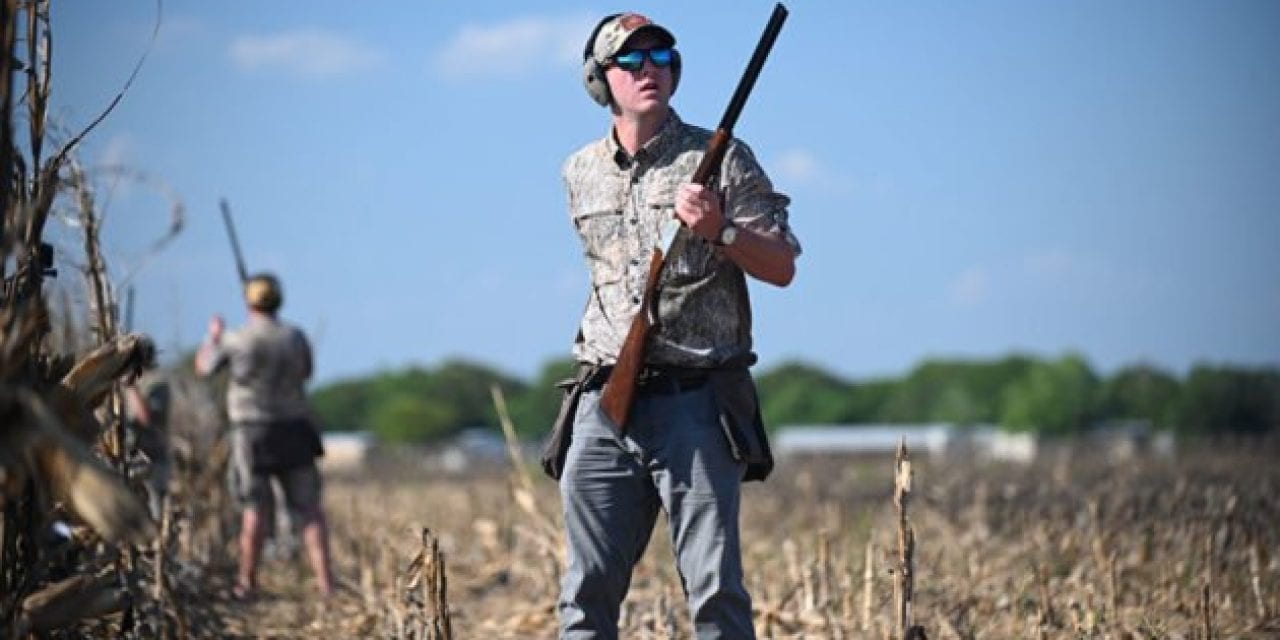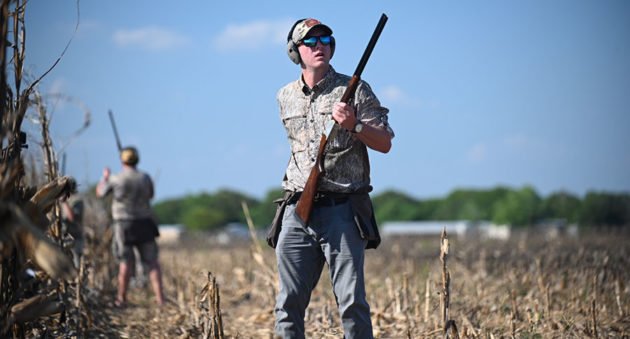
The Harvest Information Program, or HIP Certification, is in place for good reason. Here’s what you need to know as a migratory bird hunter.
Migratory bird hunters come in several forms, but as avid outdoorsmen and women, we should all try to understand what the Harvest Information Program is and why it is so important.
Migratory game birds include many species such as ducks, geese, brant, swans, gallinules, coots, woodcock, rails, snipe, doves, band-tailed pigeons, and sandhill cranes. If you’re going to hunt any of these species in America, you’re required to participate in the Harvest Information Program, or HIP.
In that same vein, if those species are going to survive and thrive, it’s up to us as hunters to relay their harvest information to the wildlife biologists. Regulatory agencies (like the DNR, Fish & Game, and other state groups) manage our wildlife resources and therefore influence hunting activity, availability, and frequency.
HIP certification is a requirement for anyone who likes to chase and target these birds, and it becomes even more important when you take them home as a healthy and nutritious dinner.
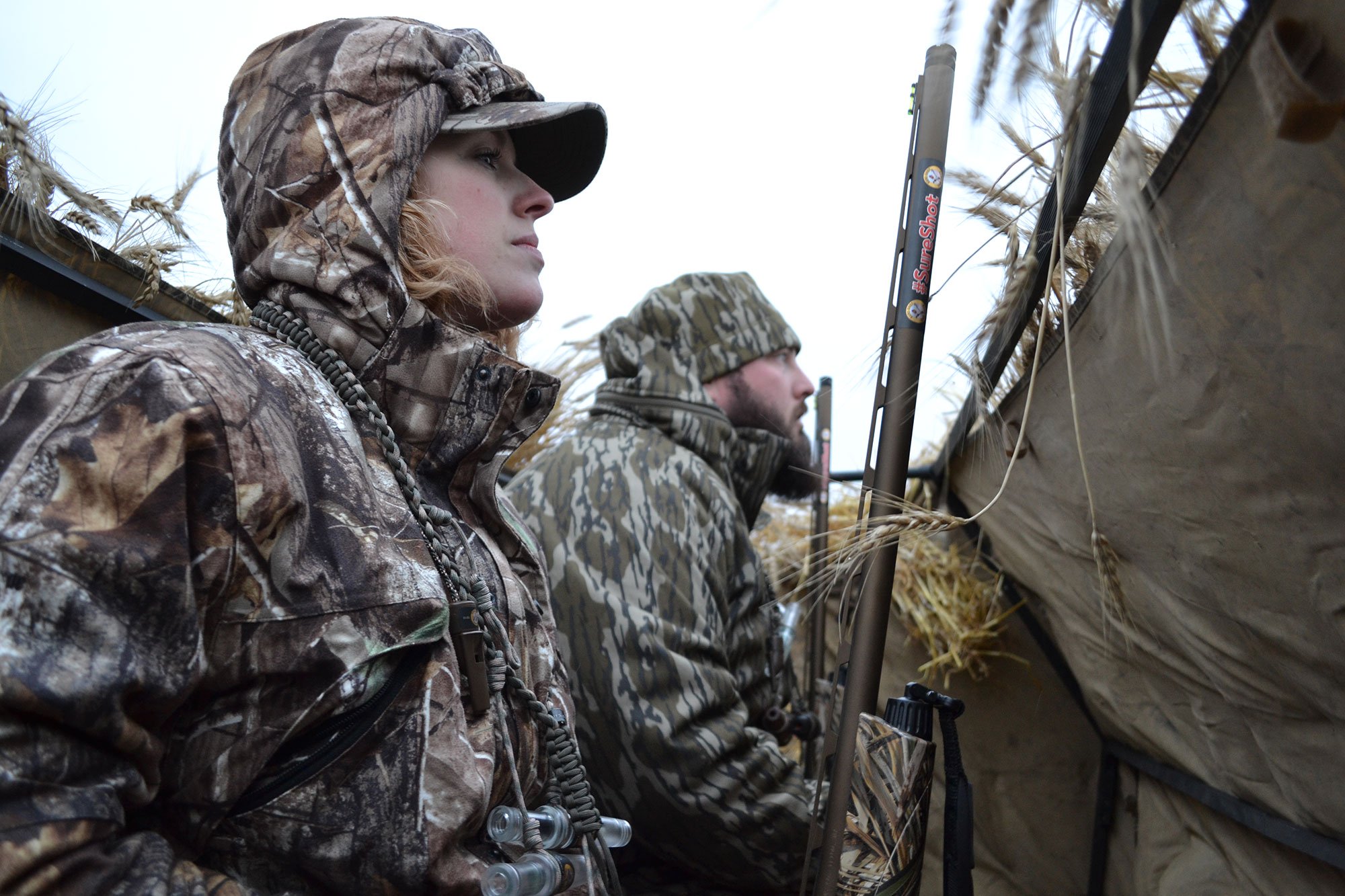
The U.S. Fish and Wildlife Service uses the information (included in harvest surveys) to determine species health and harvest estimates. That helps them set bag limits and season dates for license holders using actual data and numbers from years prior. It also allows them to determine the ratio of residents to non-residents that can hunt migratory birds.
As far as hunting regulations go, those attached to the HIP Certification process are rather obvious about their objectives.
Origins of the Harvest Information Program
The Harvest Information Program went into affect in the year 1999, giving the USFWS the ways and means to “give biologists the information they need to make sound decisions concerning hunting seasons, bag limits, and population management.”
Waterfowlers and other migratory bird hunters need to know that if they want to hunt any of the birds listed in the program, they must participate in the process and get HIP certified.
While some states or license vendors may charge a fee for the administration of the HIP program in their respective states, the USFWS does not make any money. They’re strictly using the process to gather information.
HIP registration uses two methods of surveys to obtain the harvest information:
- Migratory Bird Hunter Survey (Hunter Survey)
- Migratory Bird Parts Collection Survey (Wing Survey)
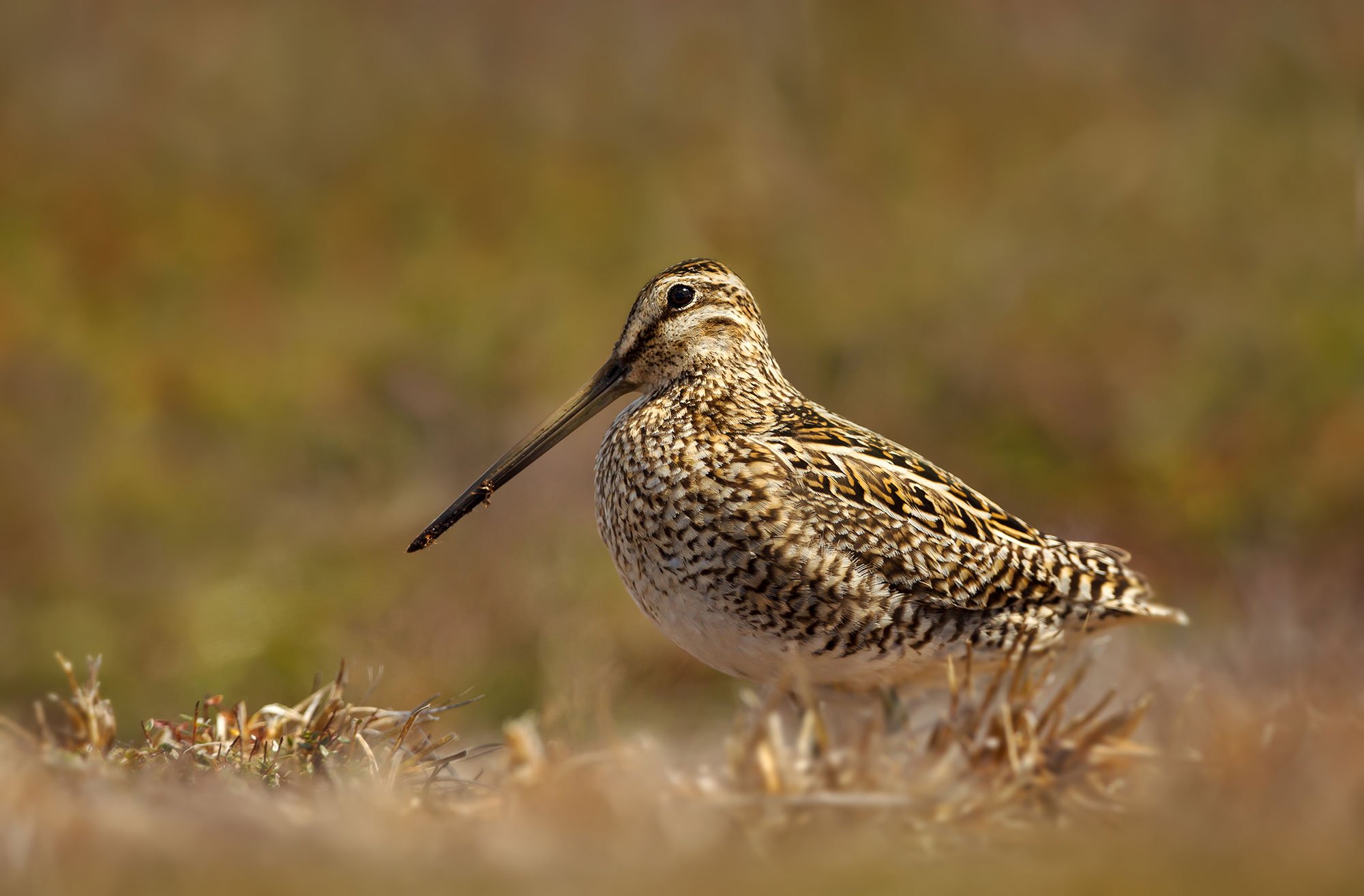
Hunters must carry proof of participation in HIP whenever they hunt migratory birds in that state. The state’s wildlife agency should provide you with a card, stamp, or other proof of participation in HIP when you purchase a hunting license. Hunters are then be asked a series of volunteer questions relating to their hunting exploits from the last year or previous season, but answering is not required to earn the certification.
The USFWS can use the name, address, and screening question responses from what amounts to about 3.5 million hunters, selecting samples from participants as they relate to five specific surveys: doves (mourning doves and white-winged doves), band-tailed pigeons, waterfowl (ducks, sea ducks, geese, and brant), American woodcock, web-less species (snipe, coots, rails, and gallinules), and sandhill cranes.
Hunters that are selected to participate in these surveys are sent a form as close to the beginning of the hunting season as possible. Recording their hunting experiences throughout the season is vital to the HIP survey process so that statistical techniques can be used to estimate the total harvest of all migratory bird species.
What the Heck is a Wingbee?
One of the most interesting parts of the program is the Migratory Bird Parts Collection Survey, also known as the Wing Survey. The USFWS “asks a sample of hunters from across the U.S. to send in one wing from each duck, dove and woodcock that they shoot, and the wing tips and tail feathers from each goose.”
The service receives about 128,000 wings from across the lower 48 states each season including duck wings, gooses tails and wing tips, dove wings, and woodcock wings. The results of these are shared at events called “wingbees.” There, biologists and volunteers examine the mailed bird parts. Wingbees are held annually in January or February in each migratory bird flyway.
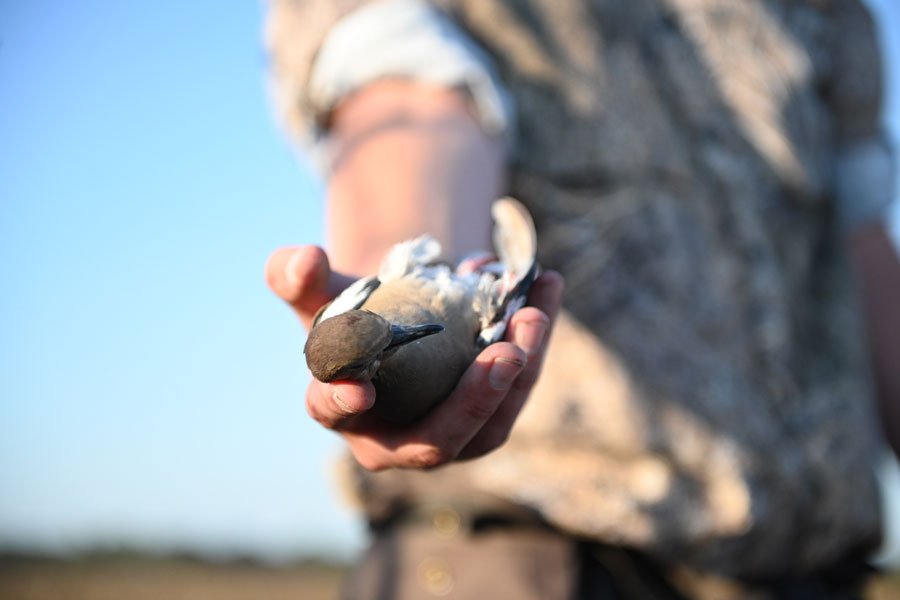
Information gathered from wingbees provide estimates of the “species, sex, and age composition of the harvest, in addition to supplying information on how harvest changes over space and time,” says the USFWS.
A large component of the Migratory Bird Program centers on the monitoring of webless migratory game birds such as doves, pigeons, woodcock, sandhill cranes, rails, gallinules, coot, moorhen, and snipe.
Since species like doves, woodcock, and sandhill cranes are so popular, these informational bits go a long way towards making them and their harvests viable for future generations.
HIP Certification vs. Federal Duck Stamp
Migratory bird hunting fans who live for a seasonal waterfowl harvest know full well that they must also purchase, and have on their person while they hunt, the most recent year’s Federal Duck Stamp.
In the past, non-waterfowl hunters were excluded from the survey since it was only done by those who purchase a Duck Stamp. With the installation of HIP, it now allows for survey samples of all migratory bird hunters.
One other solid area of information can be found on the USFWS Migratory Bird Data Center page. Here a hunter can find links to bird population data up through 2015, HIP annual reports on hunter activity and harvest data, and Federal Duck Stamp sales by year dating all the way back to 1934.
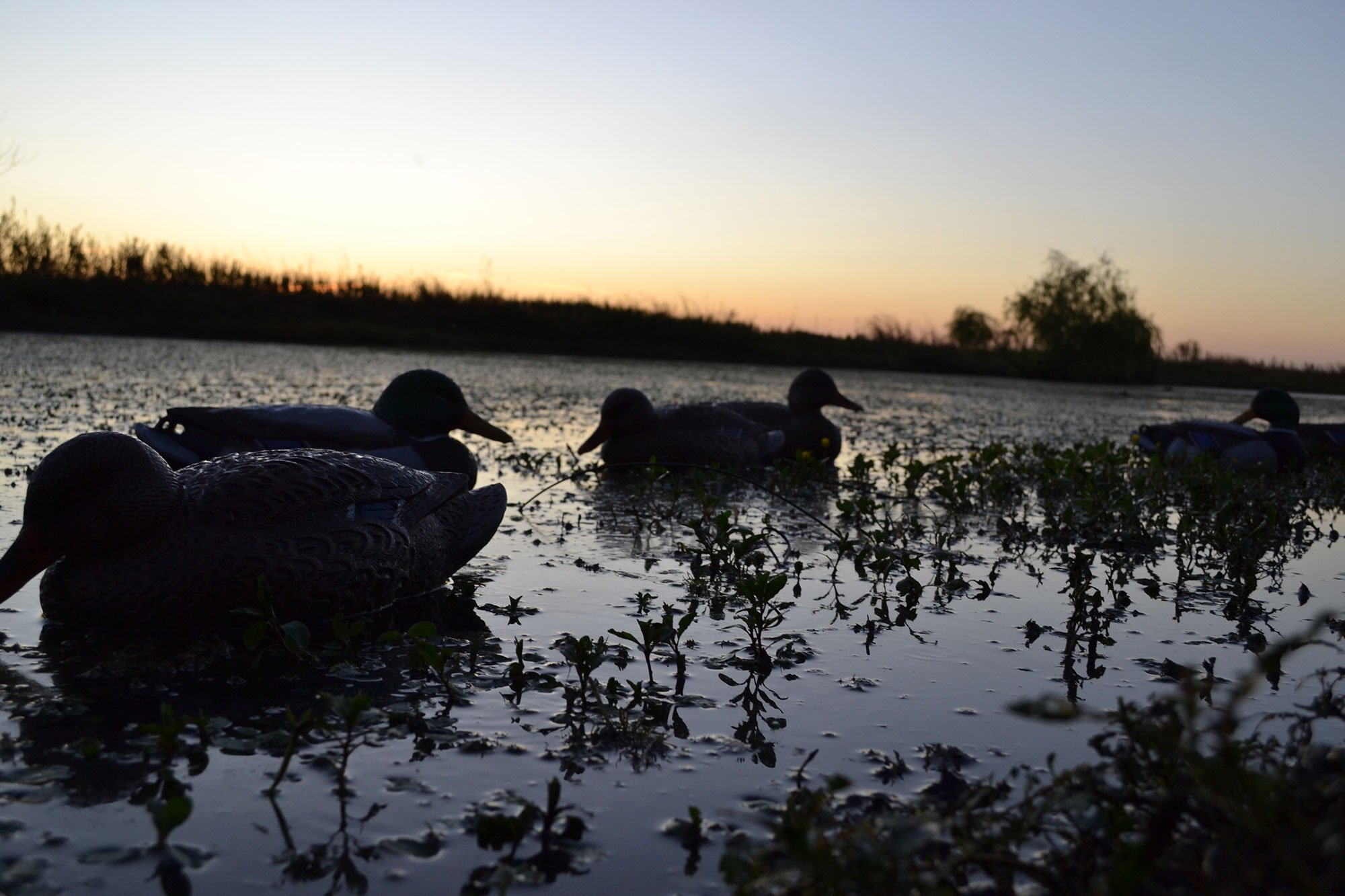
If we have any responsibility as hunters, it is to care for the animals that we harvest, year after year, especially the ones that we love the most.
Being a part of the Migratory Bird Harvest Information Program should not be looked on as a nuisance, but rather as a labor of love to the wild outdoors that we know, cherish, and want to be there for future generations of hunters everywhere.
Looking for a little more or even hot lunch for your hunting blind? Follow my webpage, or on Facebook and Twitter.
NEXT: TOP 10 WATERFOWL CONFIDENCE DECOYS
WATCH
The post Harvest Information Program, or HIP Certification: What It Is, and Why You Need It appeared first on Wide Open Spaces.

